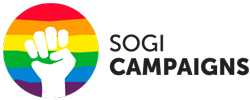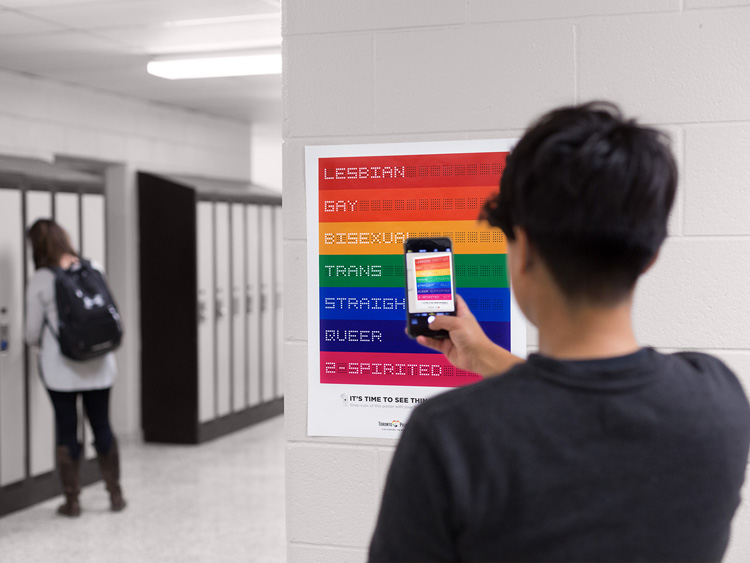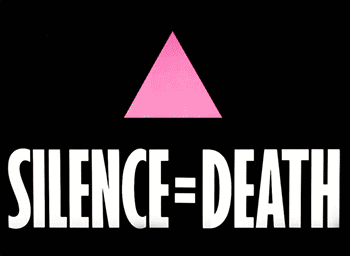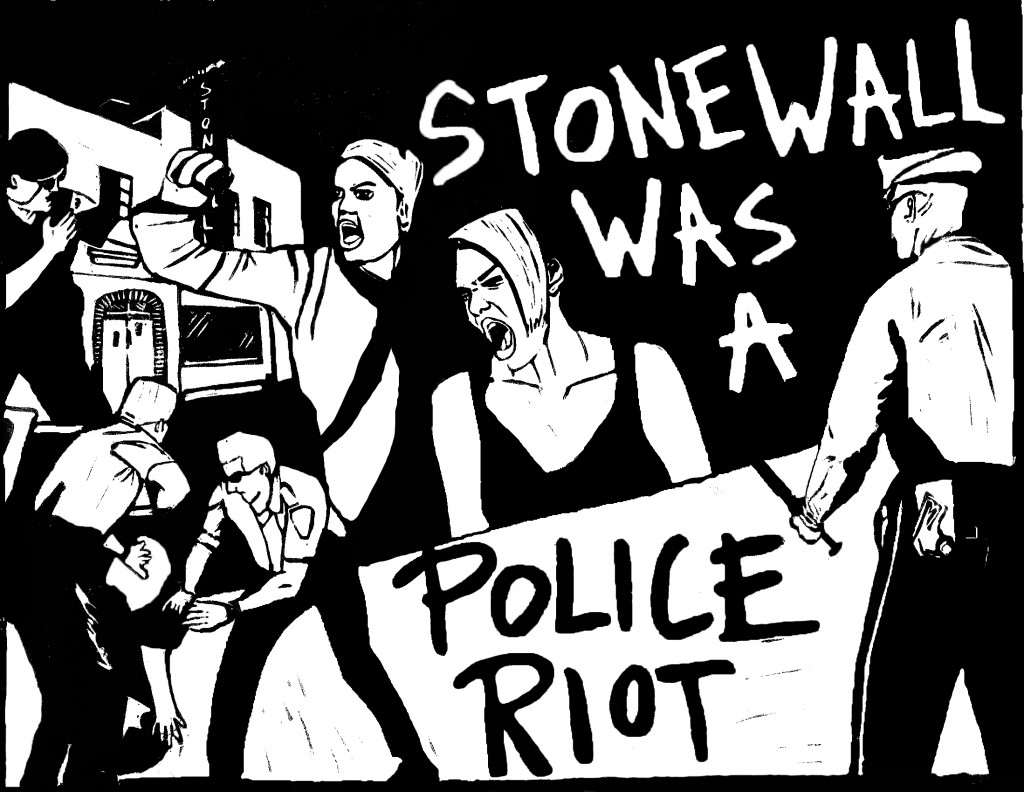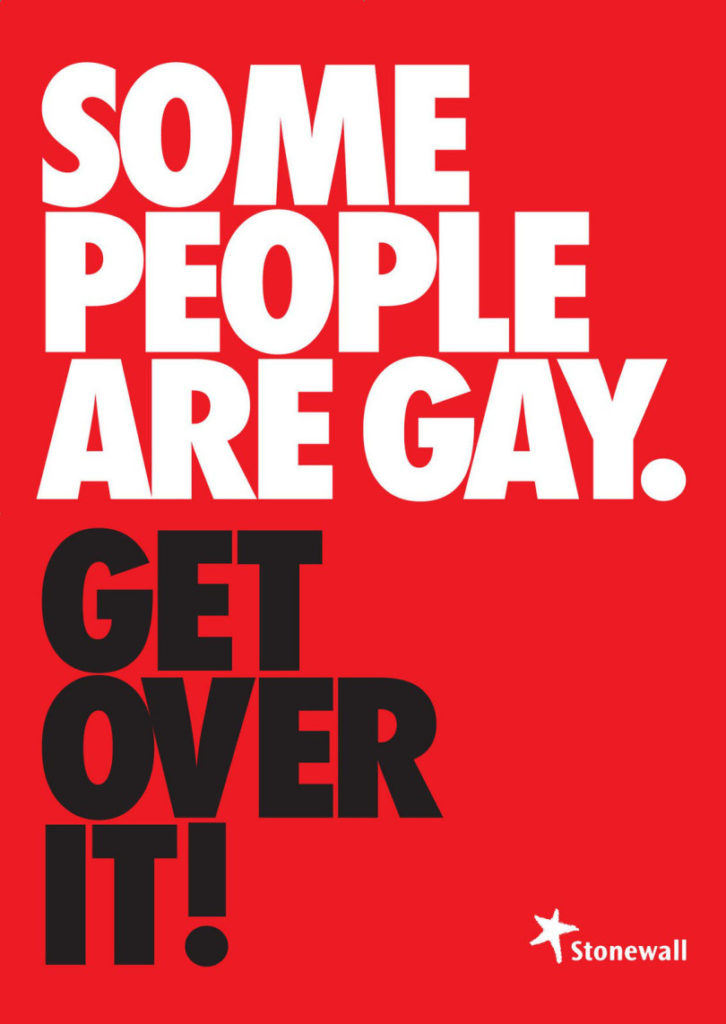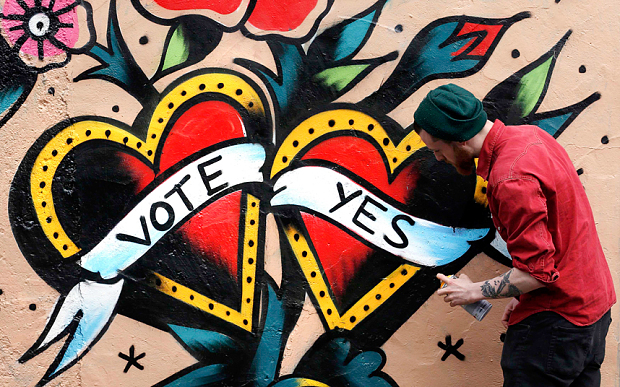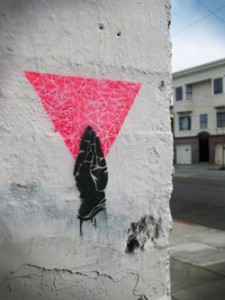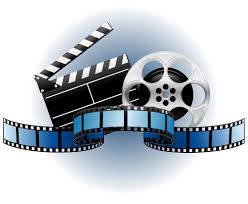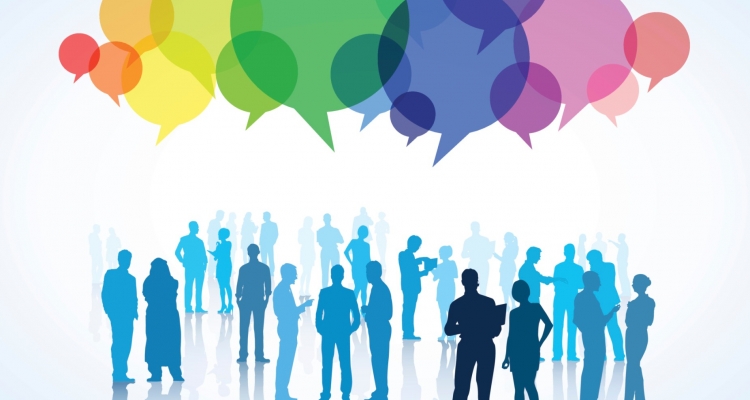How can posters change the world?
What is Cultural or Social Poster Design? How will poster design impact the world? Can designers communicate and change the world? What are the principles for a good poster design to be effective? These are questions that many designers are seeking answers for answers. We have seen lately resurgence of new fresh blood designers, who are eager to design posters for good. Posters to convey their own messages, their own feelings, frustration or happiness, political ideas, or antiwar messages, but they fail. Why? I think because most of the graphic designers, do not know the value or the power of poster design. They do not know it’s importance, thus they do not know how to effectively present the message, or how to capture the attention. Can those who seek to find the answers find the path? Who will teach them? Unfortunately, we can’t do this in this article, but we can give the advices and inspire them through the words of 7 unique, significant Poster Designers. We have the honor to host here Andrew Lewis from Canada, Antonio Castrofrom Texas, Chaz Maviyane-Davies from Zimbabwe, Luba Lukova from USA, Mehdi Saeedi from Iran, Michael Thompson from Jamaica, Pekka Loirifrom Finland, and Susana Machicao from Bolivia. All are eager to share their ideas and knowledge on Poster Design.
From GraphicArtNews
Andrew Lewis Design
Antonio Castro
Chaz Maviyane-Davies
Power -the ability to manipulate images and words into a form that gives them the power to communicate and evoke a response. Never underestimate the alluring power of the visual. Artistic license, coupled with values and intelligence, is good design. Images transport ideas, but design drives them. The act of design is an act of independence.
Design needs to mean something, it needs to be experienced. It can sing, dance, perform, converse, explain, laugh, cry, decry, question or fight. When you can trust it to respond effectively to these challenges, those solutions are invested with power.
Visual language is innovation and therefore tied to our ethical and social responsibility for the quality of the cultures we inhabit. We need to respect design as an integral part of our daily cultural activity and think of design as more than just doing, as we allow our work to be the intermediary for being.
Design gives us the opportunity to project our imagination through the lens of our entity. This is liberating internally and externally. It is sharing and unless you own the message spiritually, unless it arises from your beliefs and human commitments, it can never do what you need it to do. Self-determination and freedom of expression lie at the core of the politics of design. It begins with thinking which is then embedded into a concept through craft and skill. Design is expression of thought, and the design process gives form and meaning to thought. Offer dialogue, not only spectacle. Create and articulate from a striving for meetings, so that the audience may be in communion with your images and words, making you not only a problem solver but a cultural stimulant. When the intent of your being is felt through your design then a powerful force has been wielded. It’s form has transcended the sum of it’s parts as it’s concept finds meaning where there was none.
Luba Lukova
What fine Social / Cultural Poster Design is: I think it is an artwork that expresses something that many people feel but they just can’t say it with an image. Almost the same as a good song. It is art that has a message and speaks to everybody, transcending language, culture and politics.
How poster design impacts the world we are living: I believe if it’s done well poster design provokes discussion, thinking, emotion. That may look not enough to transform the world, but that’s how art works: it has the power to change perception and increase empathy.
3 principles of good poster design: 1. Complex simplicity. This applies to both form and content. 2. Clarity of thought. By this I mean to really understand the issues you depict and to be able to translate that into graphic language. 3. Mastery of artistic skills. Without that even the most clever idea means nothing.
Mehdi Saeedi
What is fine social/cultural Poster Design? Design that expresses an original idea, communicates accurately with the viewer, and shows a novel and different approach to execution.
How can Poster Design impact the world we are living in? Poster Design that communicates appropriately and effectively with the viewer has the potential to make an impact in all social, cultural, and political spheres.
Michael Thompson
http://www.flickr.com/photos/freestylee
Humans should always evolve to be better global citizens. Artist and designers are uniquely positioned to advocate through Cultural or Social Design, and Creative Activism. With this powerful gift of creativity, conscious artist can become a catalyst for social awareness and protest. However, to be an effective poster designer, understanding this medium is also a lesson in how the human mind see things.
Design professionals can play a positive role because we have the tools to influence. However, we have to be enlightened to the realities around us to do this. Many designers use their creativity to sell corporate products and push their commercial interest, because it is necessary, it is how designers make a living. However, it is also necessary to give back some time, energy and creativity to make a difference in our world. With nothing except our minds and a computer, today we can create sophisticated visual campaigns to build movements to tackle big issues like injustice, poverty and world hunger, or to stimulate the process for changing society. Why not just do it!
In the past the only avenue for social poster expression were the wall of the streets, while that still remains to some extent, the Internet has become a much more dynamic annex. Through social media platforms like Flickr, twitter and Facebook, it is now possible to spread ideas and awareness around the world quickly with immediate feedback. The good news is, I see more artist taking this route, the Arab Spring and Occupy Wall Street protest for example are fertile ground for creative activist and poster designers to make a global impact. I am optimistic that a conscious renaissance of activism will emerge. Social artist and designers are not immune to the voice of our conscience and are speaking out visually.
Beautifully designed posters are effective in getting attention. You see it and it it is clear that this design works. A good iconic poster design in my opinion should have balance and beauty. One should get the message quickly even in a foreign language, a piece of art you would like to hang on your own wall. Whatever the message the composition and idea should be harmonious, and the message should never be compromised. Keep the message clear and simple with out-of-the-box creative thinking.
Pekka Loiri
The purpose of a Social / Cultural poster is to awaken, alert, warn and remind. It’s mission is to tell a story effectively and send strong message. It can tell about injustice or disaster, but just as well be attractive to the theater or to report that the circus has arrived to town. It’s purpose is to tell stories and stimulate humans interest. It wants to impact on the viewer’s way of thinking and behavior. That’s how I see the meaning and purpose of social / cultural posters.
We cannot change the world with posters, but we certainly can influence people’s minds and thoughts by/with Posters. This has been always known by both opponents of the war than the war mongers. Posters have always been one of the most effective and used method when making propaganda.
There’s so many of brilliant exemples, but I only want to mention here one: Erich Henningsen’s Tuborg Beer Poster from the year 1900. A real sweet and blessed thirst. A superior feeling when you finally get an opportunity to quenches the thirst. The mood of the poster does not need any explanation. There’s no picture of beer. No bottle, no “schooner”, a pint! Just the feeling, sense and plenty more! This is the way to do it.
Susana Machicao
Social poster is an answer per se. Is the most important mass communication media that we have to encourage, notify and denounce. Stimulates, reinforces and concretes a position in the subject that it represents. The designer feels as the same of their poster.
Today social posters are the thermometer of the society and become an strong measurement of what happens and moves people. They become the historic registration and in the future, young generation will be able to interpret a time period in our history.
What makes a good of poster is to work with a concept, economy of resources and to be a designer with social compromise. You simply cannot represent what you don’t know, feel unfair or when you don’t think you can make a statement.
